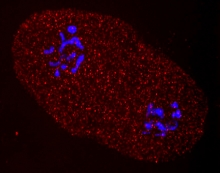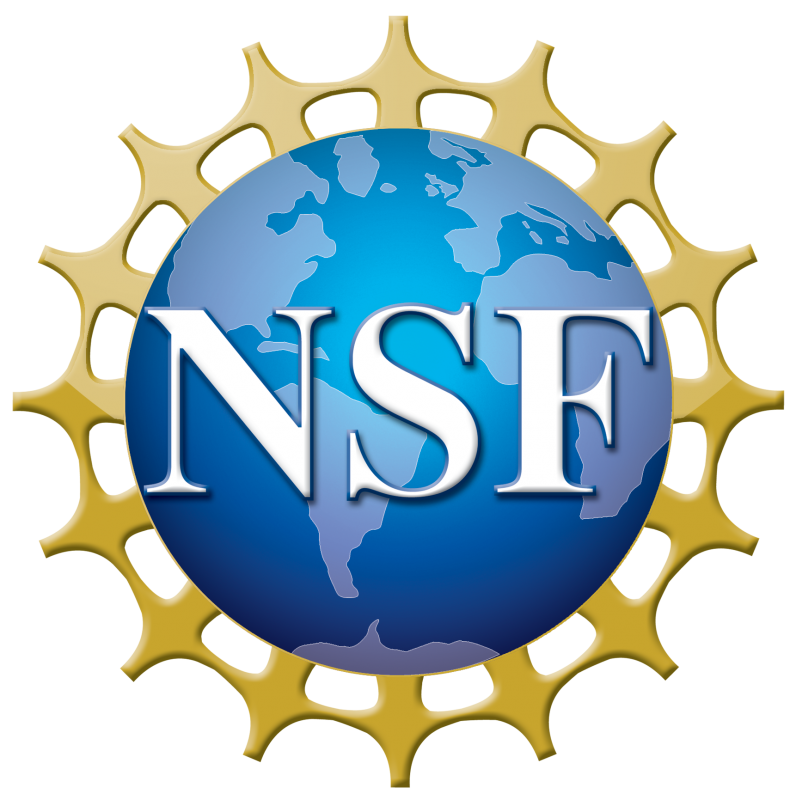
This project unites the mathematics of RNA folding with the biology of population evolution. The Paaby lab studies evolution and quantitative genetics in the nematode worm Caenorhabditis elegans and related Caenorhabditis species, including the role of molecular mechanisms in trait determination, while the Heitsch group focuses on the combinatorics of RNA base pairing, using different mathematical approaches to elucidate structure-function relationships for RNA sequences. Their SCMB Seed Project collaboration affords an unusual opportunity to rigorously quantify genomic fitness in wild C. elegans populations based on the characteristics of RNA secondary structures.
As the quantity, quality, diversity, and availability of genotype data all continue to increase, insights about genotype-phenotype relationships and the evolutionary process become ever more powered. To infer fitness from sequence data, we leverage the inherent structure-function relationship of folded RNA molecules to advance inferences about how genes, processes and populations evolve. For example, using fluorescent microscopy, the Paaby lab can visualize mRNA transcripts at very high resolution, spatially and temporally, in the embryo of the genetic model organism C. elegans. Our work involves modeling and analyzing modern genomic data via new results in applied combinatorics, including graph structure,
approximate counting, and random sampling.


